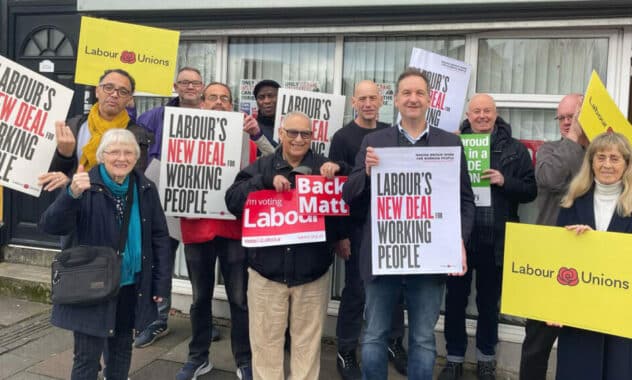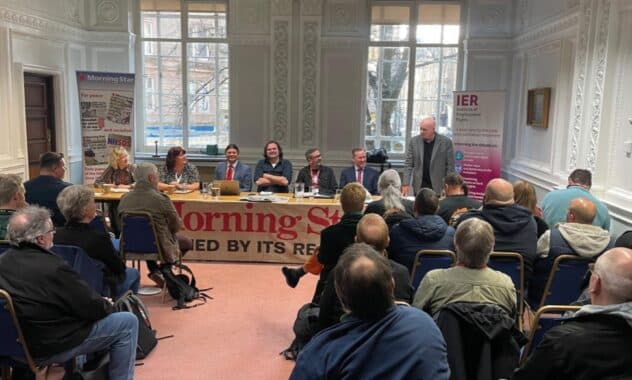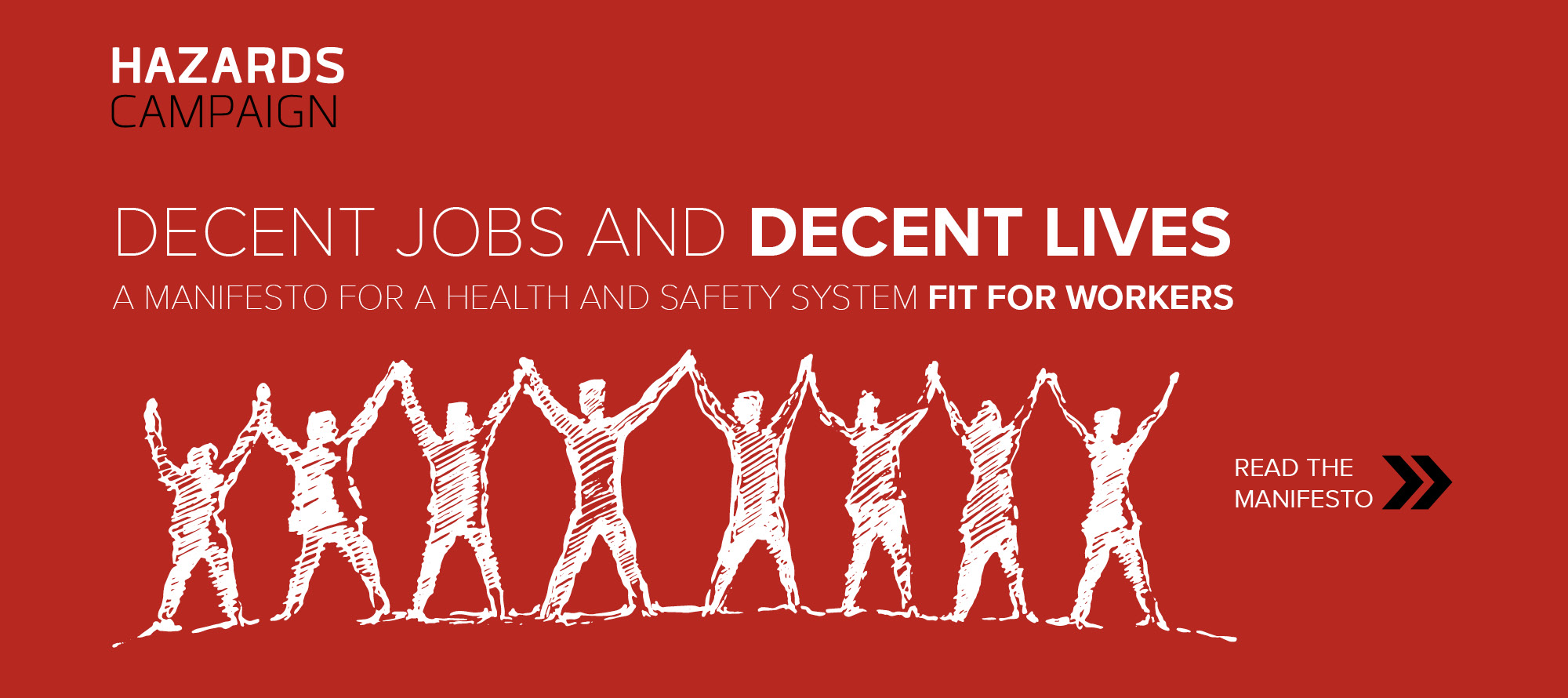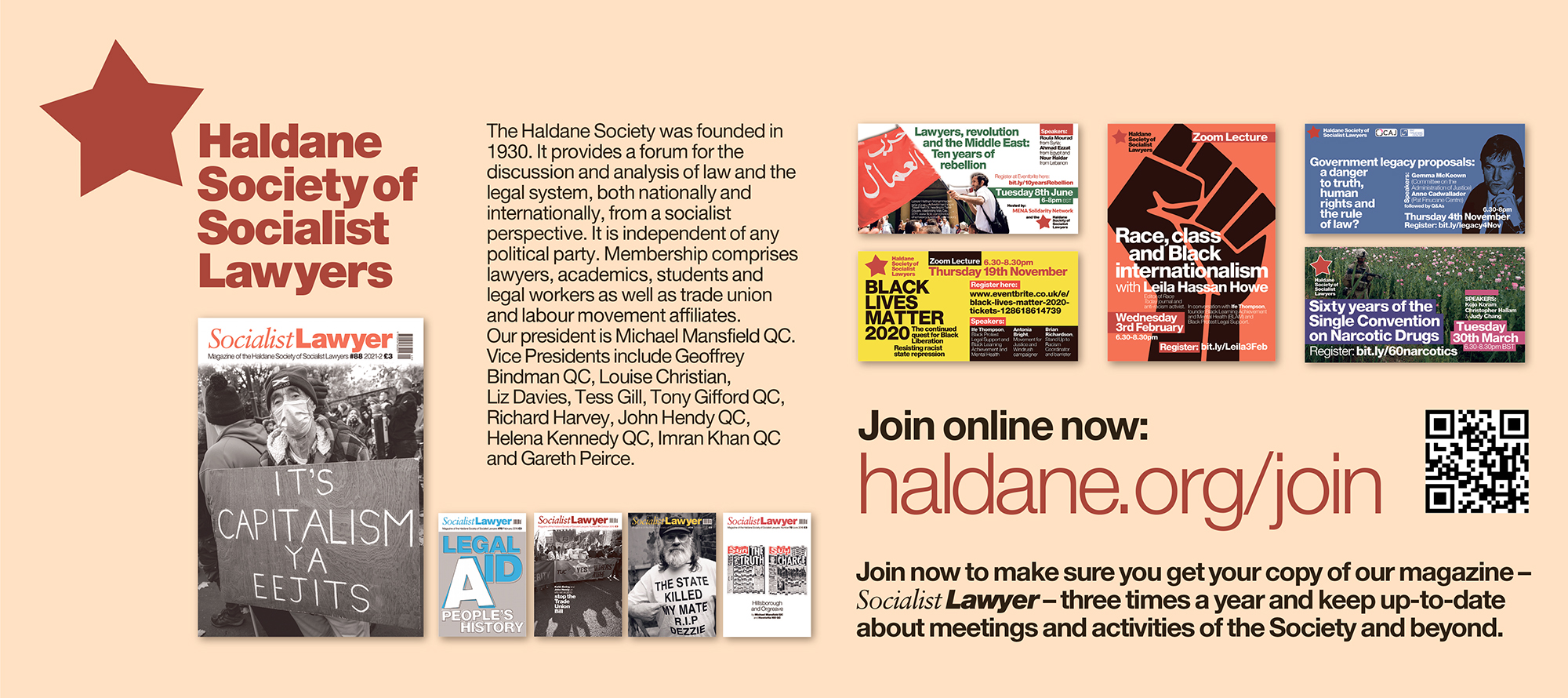Low Pay Commission Report 2021
The Low Pay Commission Report 2021 sets out the full analysis and evidence underpinning the LPC’s recommendations on minimum wage rates for 2022.

The Low Pay Commission’s 2021 report on the National Living Wage (NLW) and National Minimum Wage (NMW) sets out the evidence underpinning their recommendations on the NLW and NMW rates that apply from 1 April 2022.
These recommendations were accepted in full by the Government and the 2022 rates were announced on 27 October 2021
| Rate from April 2022 | Current rate (April 2021 to March 2022) | ||
|---|---|---|---|
| National Living Wage | £9.50 | £8.91 | +6.6% |
| 21-22 Year Old Rate | £9.18 | £8.36 | +9.8% |
| 18-20 Year Old Rate | £6.83 | £6.56 | +4.1% |
| 16-17 Year Old Rate | £4.81 | £4.62 | +4.1% |
| Apprentice Rate | £4.81 | £4.30 | +11.9% |
| Accommodation Offset | £8.70 | £8.36 | +4.1% |
Alongside the annual report, the Low Pay Commission publish the research they commissioned in 2021 which informed the 2022 recommendations.
The IER made a submission to the LPC report, some of which is highlighted, under the following sections:
4.12 The Institute of Employment Rights (IER) also argued that the CJRS did not adequately protect low-paid workers’ incomes and that the 80 per cent rule endorsed sub-minimum pay. They cited Trades Union Congress (TUC) research ‘that low paid workers were five times more likely to be furloughed on reduced pay’, with no commensurate reduction in rent or bills. They identified further problems with the scheme: that the calculation is based on a snapshot in time which may not have been representative; and that in some areas, employers may not have correctly recorded hours to begin with. The Scottish Women’s Convention (SWC) stated that employers ‘should not be excused’ for not topping up furloughed workers’ wages to 100 per cent. This ‘demonstrates a broader issue with the state’s disregard for low-paid workers… there is a moral responsibility to ensure the welfare of workers’.
4.18 Sick pay – and the difficulty of surviving on statutory sick pay alone – was another issue raised. GMB told us that during the pandemic, they had seen ‘a clear relationship between low pay and low sick pay in sectors such as social care, where high levels of presenteeism were linked to inadequate sick pay
arrangements’. They wanted the LPC to recommend to the Government that ‘no worker should be left out of pocket while they are off work sick’. Unite argued that ‘statutory sick pay should be increased so that it is at an equivalent level to a real living wage and should continue to be paid from day one, with
the lower earnings threshold abolished. Many of those falling below the lower income threshold are women’. The IER highlighted how low-paid workers had struggled to self-isolate. The lack of proper sick pay ‘has left low paid workers bearing an undue share of the economic risks and consequences of the health crisis’ because there was no reliable support for them to self-isolate.
4.31 The IER argued that Covid-19 ‘has exposed the serious limitations of the NMW infrastructure’ by demonstrating ‘the failure to ensure an overall basic minimum income is received’. The prevalence of zero-hour contracts and fragmentation of working time meant workers ‘either due to a lack of hours or a lack of payment for those hours are vulnerable to in-work poverty and food poverty’.
You can read the Low Pay Commission’s 2021 report in full here.







